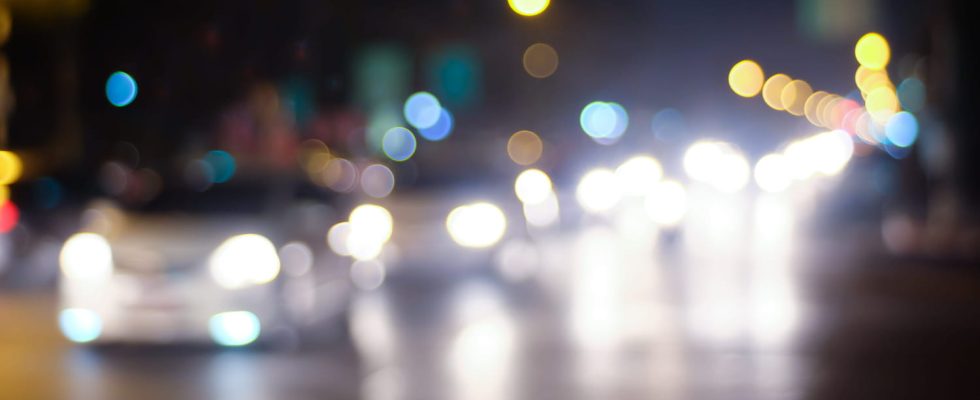Driving at night requires increased vigilance and can quickly cause fatigue. But there’s a simple trick that could add more comfort to your next nighttime commute.
What’s more annoying than the reflection of a headlight in your central rearview mirror? In the dark, it is always more difficult for humans to perceive details and colors. This is all the more true behind the wheel of a car where the images flash by in rapid succession. This is particularly why driving after dark requires more attention.
More attention therefore more fatigue, especially since another factor amplifies the phenomenon: at night, the lights dazzle, those of street lamps, traffic lights but mainly those projected by other vehicles. In a built-up area, or on a congested road, it is possible to be the target of a hundred headlights at the same time. For the driver, focused on the road, the light reflected in the mirror has the effect of a flash, potentially blinding the most sensitive eyes for a few moments.
Car manufacturers know this very well and have long developed technology to improve night driving comfort. You may have already noticed that there is a small lever located just under the interior rearview mirror of your car. But did you have the curiosity to shoot it? If so, you have discovered the day/night function of the central rearview mirror. What does it consist of? Day mode allows as much light from the rear-view mirror as possible to be reflected back to the driver’s eyes. Conversely, night mode (once the lever is pulled) serves to reduce the dazzling effect of the headlights.
To understand the process, you must already know that the central rearview mirror of a car is made up of a mirror and a window, unlike the two exterior mirrors made up only of a mirror. And it is the orientation of the mirror, placed behind the window, which will allow you to play on the lighting effect of the rear-view mirror. In day mode, the mirror and the window are parallel. The light rays pass through the window, reflect in the mirror and are reflected back into the driver’s eyes.
When the lever is pulled, the position of the mirror changes. It is then oriented upwards and returns the majority of the light beams towards the ceiling of the passenger compartment of your vehicle. The window only reflects the equivalent of 10% of the light received, which considerably reduces its intensity. The driver can then look at the road without being dazzled by the headlights of the cars behind. You will no longer have any reason or excuses for not taking your car after dark.
